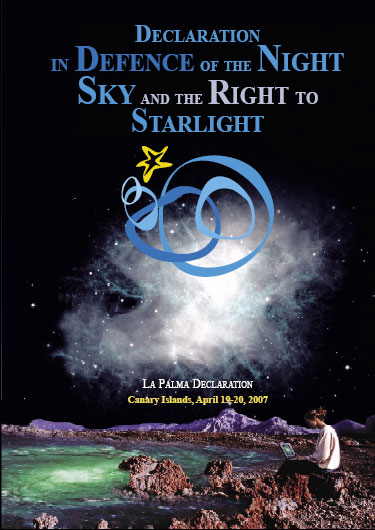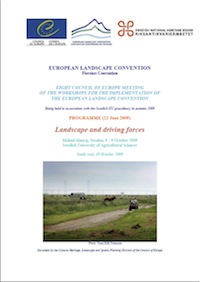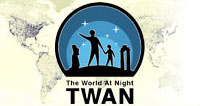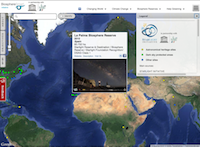Rediscovering the landscapes of the starry sky
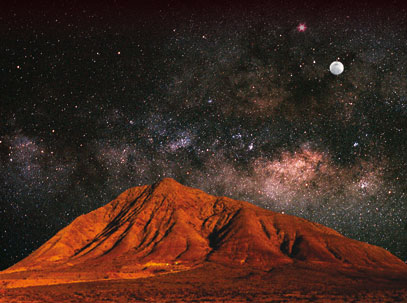
The Starlight initiative and the final Declaration adopted at the end of the Conference represent a call to common sense and reason, for an alliance of intelligence; why not be more reasonable and sparing as regards our lighting, not to darken the world but quite the opposite: to light up the thousand and one candles of our night sky.
Rediscovering and recognising the richness of this common heritage which has inspired poets, painters and musicians down the ages; offering young people and future generations the ability to gaze in wonderment at the firmament, a truly celestial night landscape; allowing scientists to pursue scientific research that is essential for the future of humanity: these are some of the major objectives that should guide the actions of the international community.
This would certainly be in the general interest, from the perspective of human health, the health of animal and plant species and our ecosystems; from the emotional, visual and artistic point of view; for our knowledge and understanding, and in terms of energy also. Does our abuse and overuse of lighting not add to global warming? Capturing the stars in our minds, admiring the light of the sky, unravelling its meaning and value: such are the challenges that lie ahead. Humankind will certainly be elevated if it raises its eyes skywards".
MAGUELONNE DÉJEANT-PONS. Head, Cultural Heritage, Landscape and Spatial Planning Division Council of Europe. (Starlight Conference 2007)
Nocturnal Skyscapes
A night starry sky can be considered one the most awesome naturalshows we can nowadays observe. Landscapes related to the night sky canfeature incredibly different displays, where “landscape” denotes an area,as perceived by people, whose character is the result of the action andinteraction of natural and/or human factors.
The light of stars and otherheavenly bodies has always enriched terrestrial nature’s display as wellas human habitat, creating reference landscapes traditionally perceivedby people as an integral part of their natural and cultural heritage. Nevertheless,the skyscape nocturnal dimension, in spiteof its diversity and magnificence, is still the mosthidden aspect of the landscape.We must immediately value and preserve thoseareas where natural light still prevails - those placesand environments characterized by the naturalrhythm of the Sun and Moon cycles, clean air, anddark nights unperturbed by artificial light. These naturalnightscapes, often associated with some kind ofprotected area, or left aside from intensive humanoccupation, should be considered as a resource ofunaccountable experiences and perceptions of naturalnocturnal landscapes.Nightscapes can be very diverse, starry landscapesrelated to rural areas, urban oases, or sites associatedwith astronomical heritage, all of which areworthy of special attention because of their increasingdeterioration rate.
LOOKING FOR SOMETHING?


Starlight Initiative collaborates with the
PORTAL TO THE HERITAGE OF ASTRONOMYUpdates
- New Brochure of UNESCO`s MAB Programme partnership
- Galicia adopts the Starlight Declaration
- Starlight at the 39th session of the World Heritage Committee
- International declaration warning about the effects of blue-rich white light
- Flyer - Starlight Initiative in partnership with the UNESCO MAB Programme
- Astronomical Heritage - Hawaii 2015
- 2015 International Year of Light
- Montsec - Starlight Destination and Reserve
Starlight Finder
Starlight related links
![]()
Covenant of Mayors Related Initiative
![]()
Colaborating with IAU Working Group
![]()
IUCN Dark Sky Advisory Group
![]()
Dark Skies Awareness Project
![]()
Partnership Unesco-MaB
![]()
Member of the Knowledge Network
![]()
Instituto de Astrofísica de Canarias
|
The Starlight Initiative is designed as an international action in defence of the values associated with the night sky and the general right to observe the stars. It is open to the participation of all scientific, cultural, environmental, and citizens' organizations... |
In partnership with: |
|
|
|
